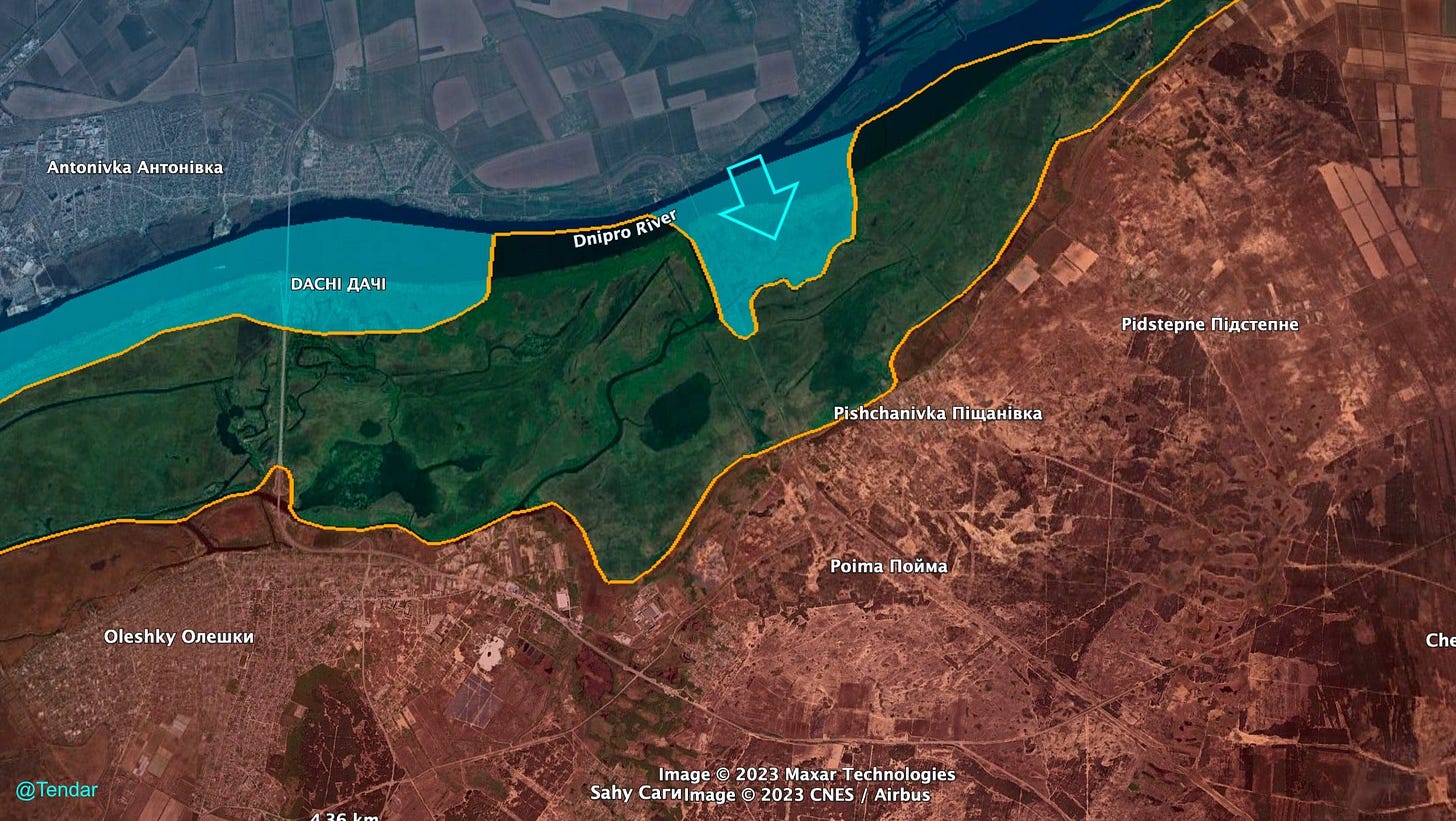How To Cross the Dnipro in Slow Motion
A quick word on bridging operations
‘Readovka News,’ a Russian milblogger, was just extolling the virtues of “the time-tested D-30 howitzer, which turns the advancing Armed Forces of Ukraine into another open-air cemetery” yesterday. He did however acknowledge some drawbacks. “The main difficulty is the constant counter-battery fight, which does not allow us to relax for a minute,” he wri…
Keep reading with a 7-day free trial
Subscribe to Polemology Positions to keep reading this post and get 7 days of free access to the full post archives.


